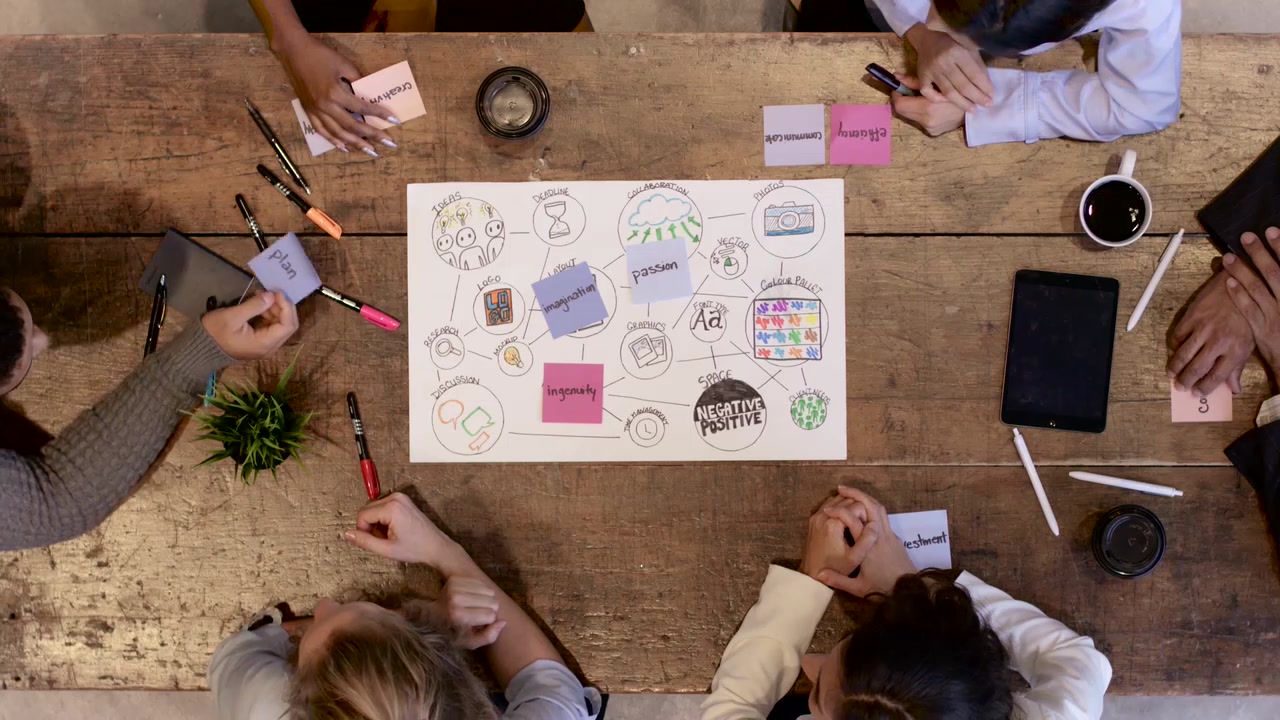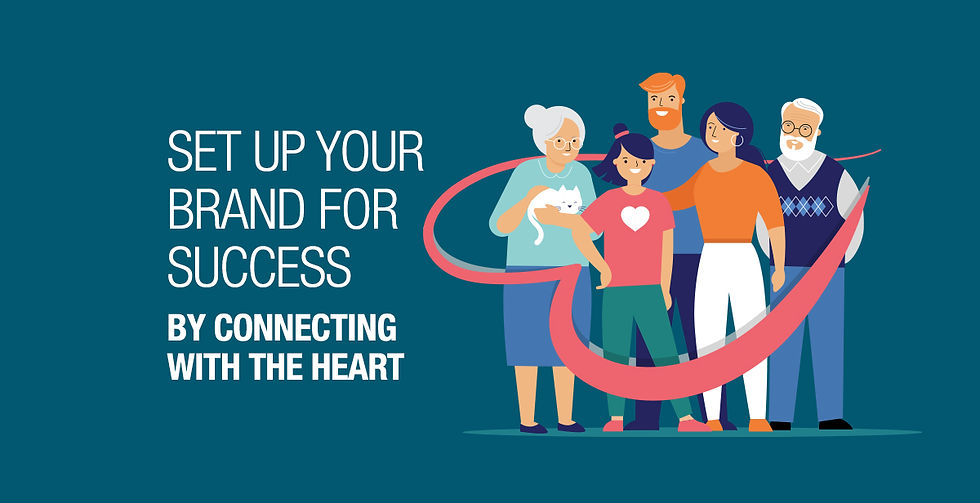So you want to make your print piece stand out? Choose the perfect paper.
- nbillingslea
- Feb 25, 2021
- 3 min read

Print advertising is very much alive — it’s a viable, unique way to reach your target audience. When executed, you want your thoughtfully copy-written, beautifully designed project to express your brand, your message, and to set you apart. It will be in your customer’s hand and not on a screen or falling further daily down an inbox. How to choose?

Paper can set the personality and tone of your project. Most full color projects print best on coated paper stock, because the ink stays on top of the clay-coated surface. Colors and details are crisp and accurate (think watch catalogs and luxury car brochures). Specialty coatings can be applied, like super-shiny UV or velvet touch texture. Just like wall paint, coated papers are made in glossy finishes, satin or semi-gloss, and matte or dull finish. Coated papers are white or nearly-white in shade. The less-lovely part? Fingerprints show on gloss coated paper. Staples, jewelry and nail polish will leave a mark on matte.
Also available are uncoated papers, which soak up ink into the fiber surface and usually offer a very flat, natural look. Uncoated paper is manufactured in multiple colors from white to pastel to black. Some uncoated papers allow the natural pulp to show through, making a subtle pattern or background – but this pattern will appear in your product photo if it’s white or light. Newspapers are printed on uncoated paper with a very high recycled content. Letterhead and personal stationery is nice to write and erase on -- finishes include linen, a bumpy texture to emulate handcrafted paper (laid finish) and smooth (wove). Uncoated paper works well with embossing since its soft surface molds to the raised form. Ink can sink into surfaces which lends a softer feel, and dark photography can feel moodier or more atmospheric.

The higher the weight (a number, usually expressed in pounds), the more expensive and impressive your finished brochure or business card can feel. The downside? If you’re printing a catalog with a bunch of pages, it will cost more to ship or mail since it will be heavier. There is cover-weight for protection, and text-weight for all the pages inside. Ask for a single sample or “dummy”, which is a blank book made from your selected weight.
Is bigger (heavier paper) always better? Not always. Heavy cover stocks like 100 lb. and 120 lb. cover need to be prescored before a piece is folded to avoid a crackly, not-very-neat spine edge. And if the message you are trying to convey is about economizing, then paper-overkill will scream you spent too much to convince me to save.

Paper with recycled content is always a good expression of your green commitment but you’ll need to point that out with the green logo and a percentage on your design. RECYCLABLE? Almost all printed paper, paper mounted to corrugate, direct mail and office paper can live another life with a trip through the pulper. FSC-CERTIFIED? The Forest Stewardship Council mark on your project will say you selected responsibly to balance environmental, economic and social factors, and had it printed under sustainable practices.

There’s metalized, pearlized or holographic paper – which can be elegant and sophisticated or blindingly bling-y. Used most commonly in packaging.
• You can print on paper made from hemp or bamboo.
• Grow it later on paper with seeds embedded in the fiber – your baby shower guests can stick that invite into the ground after their RSVP and watch a flower garden bloom.
• Don’t use paper at all – As the movie line goes, “there’s a future in plastics”. Your project will be durable and washable. Menus and instore sales aids can be sanitized and wiped endlessly. Kids can’t rip it or eat it. If you don’t need it to be around for a long time though, plastics don’t send an ocean-friendly message.
• Print it on fabric – a big image won’t wrinkle when packed up, rolled or folded. Large trade show panels printed on fabric fold down into a case that is smaller than a golf bag, then pop up on a honeycomb frame in minutes. Pack, pop, show, repeat. Can’t do that with a poster.
• … The US Postal Service will mail a coconut if it’s properly addressed and the stamps stick. If you’ve got a desert island theme going, your message would arrive and be drinkable.
LAST BUT NOT LEAST, select to work with IMC, a full-service marketing partner with a print production person on the team to help you craft your perfect communication!





Comments